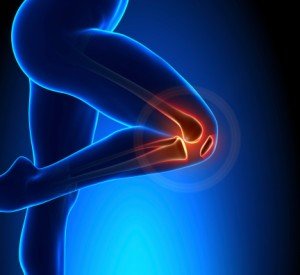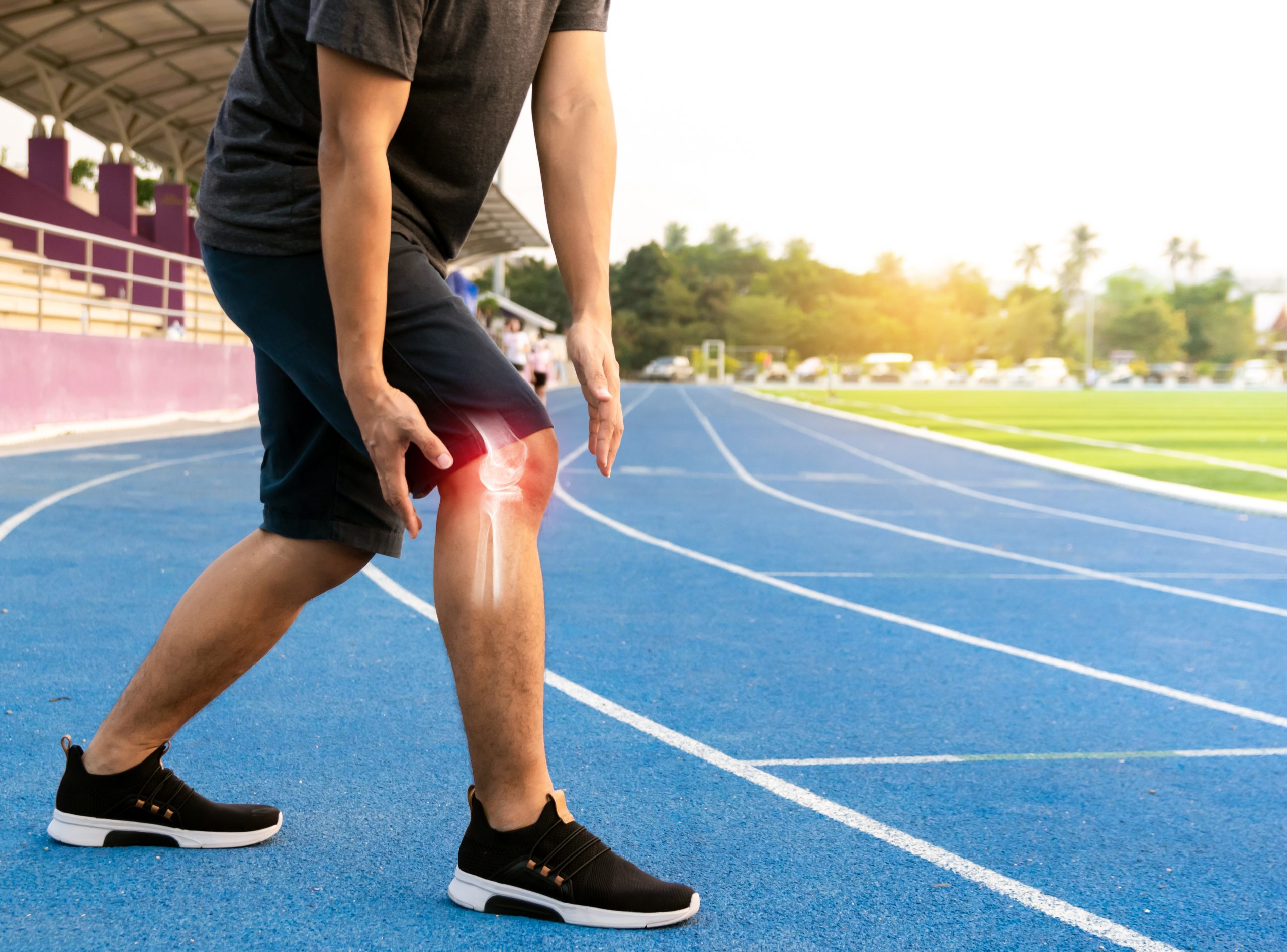A background to runner’s knee
Despite it’s name runner’s knee is not exclusively found among runner’s. It is, however, extremely common among runner’s and that is how it got it’s nickname.
And now with the balmy days of summer almost over, with the Great North Run recently completed and the London Marathon ballot due in a matter of weeks; recreational runners everywhere are lacing up their trainers.
As always, prevention is better than cure. So before you starting pounding the pavement, let’s take a quick look at runner’s knee and find out what it is, why it happens and how to avoid it.

What is runner’s knee?
How to recognise runner’s knee
Runner’s knee is really a generic name that can refer to any number of conditions that cause pain in the front of the knee.
However, it is most often used to describe a condition known as ‘patellofemoral syndrome’. That sounds like quite a mouthful, but simply refers to the fact that the knee bone (the patella) is resting against the thigh bone (the femur) and causing an irritation.
Unfortunately it can be experienced in two different ways which makes it hard to pinpoint. It can either be felt as a chronic and dull ache; or as a short, sharp pain. Sometimes running will slightly ease the sensation only for the pain to come back with greater intensity once the running is completed.
The tenderness in runner’s knee is usually found towards the centre of the knee cap. But the knee giving way on you and even pain toward the back of the knee can also signify that you have been plagued by the condition.
Possible causes of runner’s knee
There are many different potential causes of runner’s knee.
If you are flat footed or have high arches, or if your knees turn out (or in) more than normal, you’ll be putting added pressure on the knee as you run.
If you have poor running mechanics this may also be exaggerating the problem, especially if you spend a lot of time running on hard surfaces.
And two very common causes of runner’s knee are overly tight hamstrings, or insufficient strength in the quadriceps (thigh muscles).
Preventing runner’s knee
If you haven’t done so already get a gait analysis done. It’s important to know what poor habits you have in your running style so that you can take the necessary measures to counteract them. This may include updating your trainers, addressing muscle imbalances or investing in some custom orthotics.
Make sure you learn appropriate stretches, not only for the hamstrings, but for other related areas including the calves, hips and especially the illiotibial band.
Exercises to help strengthen the thighs should include lunges, squats and thigh contractions. If you can, get expert advice on how to perform the exercises with correct form.
And for good measure invest in some specialised massage to give yourself the best chance of staying injury free.
We hope this information is useful for you. If you need advice or have any questions about our treatments, please contact us. You can find us in Mill Hill Broadway and Islington. We are always happy to help. If you like this blog, please share!



